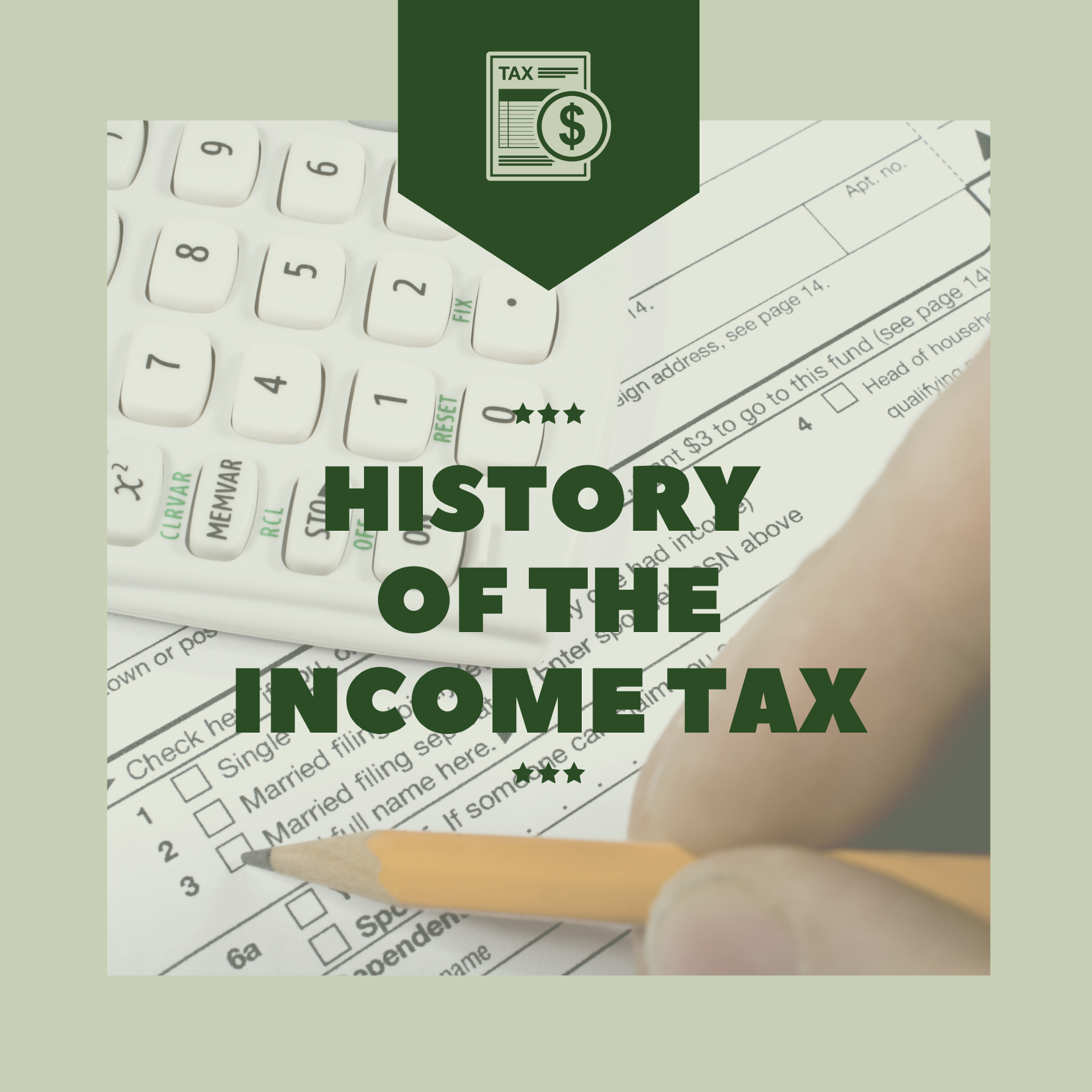
Posted Aug 17, 2018 at 3:07 PM on Columbia Daily Tribune
Last month, I handled highlights of the New Tax Law focusing on the impact on personal tax returns. This week, I want to highlight significant changes to business tax returns. Before proceeding, I want to commend Congress for reducing the tax burden of most middle-class Americans via the New Tax Law (technically, the Tax Cuts and Jobs Act of 2017 (TCJA).
I will start with a business tax primer. An individual or a couple filing a 1040 tax return may include one of the following business tax forms: 1. Schedule C, Profit or Loss from Business (or its simpler companion Schedule C-EZ), 2. Schedule E, Supplemental Income and Loss, 3. Schedule F, Profit or Loss from Farming, or 4. Form 4835, Farm Rental Income and Expense. All these forms require the taxpayer to report their related income and expenses for each of these activities on the respective form.
Net income is the result when income is greater than expenses. Conversely, a net loss would result when income is less than expenses. It should be noted that net income for Schedule C or F also results in self-employment taxes, which are computed on Schedule SE.
Any of these four business activities may be operated by a sole proprietor, or by a single-member limited liability company (LLC). Many small business owners choose to organize an LLC through which to run their business, farm, etc. because of the low cost and additional legal insulation it provides. However, if a husband and a wife are partners in a business activity, they need to file a partnership return, Form 1065.
Page 1, Part I, of Schedule E is used to report income and expenses for up to three rental properties or royalty activities. If more than three rental units are owned, then additional Schedules E are required. (Names and EINs are required for Parts I through IV.) Page 2 of Schedule E has several purposes. Part II is used to report pass-through income reported on Schedules K-1 from Partnerships or S Corporations. Part II is used to report certain pass-through income reported on Schedules K-1 from Estates or Trusts. Part III is used to report Income or Loss from Real Estate Mortgage Investment Conduits (REMICs). Part V is a Summary. Form 4835, Farm Rental Income or Loss is reported here (line 40) and combined with all other Schedule E income.
The main three business entities and respective tax forms are: 1. Partnerships (Form 1065), C Corporations (Form 1120), and S Corporations (Form 1120S). Partnerships and S Corporations, according to the IRS Code, are pass-through entities, which means that any net income for the year gets passed through to the partner/shareholder via Form K-1 to be reported on Page 2 of Schedule E, as mentioned above. A traditional corporation, also called a C Corp. pays tax on its net income annually. The shareholders only pay tax when dividends are paid, or when they sell stock in that company. All companies that are publicly traded are C Corporations.
How the TCJA benefits businesses:
The corporate tax rate was reduced to a flat 21%. (Corporate tax rates were 35%. Obviously, this applies to C Corps. only.)
Bonus depreciation increase to 100% for assets placed in service 9/27/17 through 12/31/2022.
The corporate alternative minimum tax (AMT) was repealed.
Section 179 Expensing limit was increased from $500,000 to $1 million, with the new phaseout threshold being increased from $2 million to $2.5 million.
The Luxury Automobile Depreciation Limits were increased substantially.
The depreciation life of new farm equipment and machinery was decreased from 7 to 5 years.
There is a new Deduction for Qualified Business Income of Pass-Thru Entities.
More details regarding Qualified Business Income (QBI), New Code Section 199A. QBI is defined as: the net amount of “qualified items of income, gain, deduction, and loss” relating to any qualified trade or business of the taxpayer. The deductible amount for each qualified trade or business is:
The Lessor of 20% of QBI for that trade or business, or
The Greater of 50% of W-2 wages for that trade or business, or
The Greater of 25% of W-2 wages for that trade or business, plus 2.5% of the unadjusted basis immediately after acquisition of all qualified property.
TCJA changes that do not benefit businesses:
The Domestic Production Activities Deduction (DPAD) was repealed for noncorporate taxpayers effective 12/31/17. However, C Corporations get one more year and can claim DPAD for 2018.
Entertainment expenses incurred or paid after 12/31/17 have been disallowed.
Employee transportation fringe benefits are gone.
Like-kind exchanges now only apply to real estate not held primarily for sale.
Net Operating Loss (NOL) Deduction Carryback was repealed. All NOLs must be carried forward.
Research and Experimentation (R & E) Expenses must now be capitalized and amortized over five years. Previously, they could have been deducted in the current year.
In summary, the term “business taxes” may refer to certain forms submitted with one’s personal 1040, along with traditional business tax returns such as Forms 1065, 1120 and 1120S. After a short primer on business entities and related tax forms, I highlighted many of the significant tax law changes. There are several significant benefits to businesses, but some changes went the other way. To be sure you are taking advantage of the TCJA changes, I recommend you consult your tax advisor.
Aric E. Schreiner, CPA, PFS, is managing member of Columbia CPA Group, LLC.




